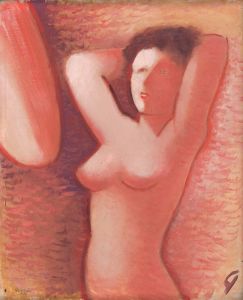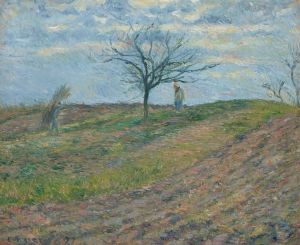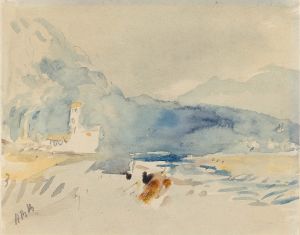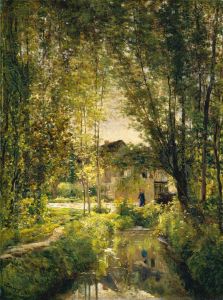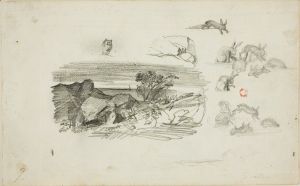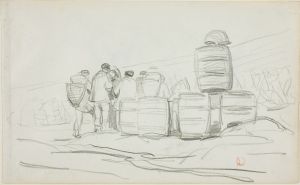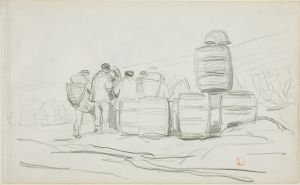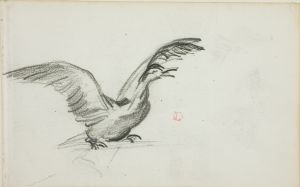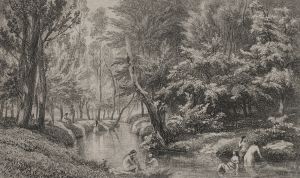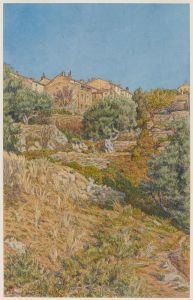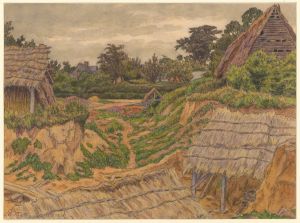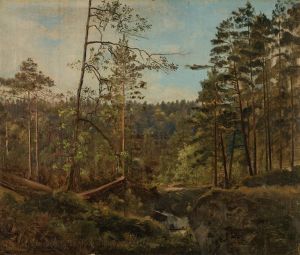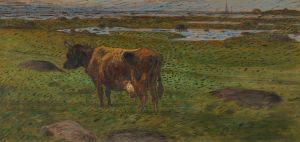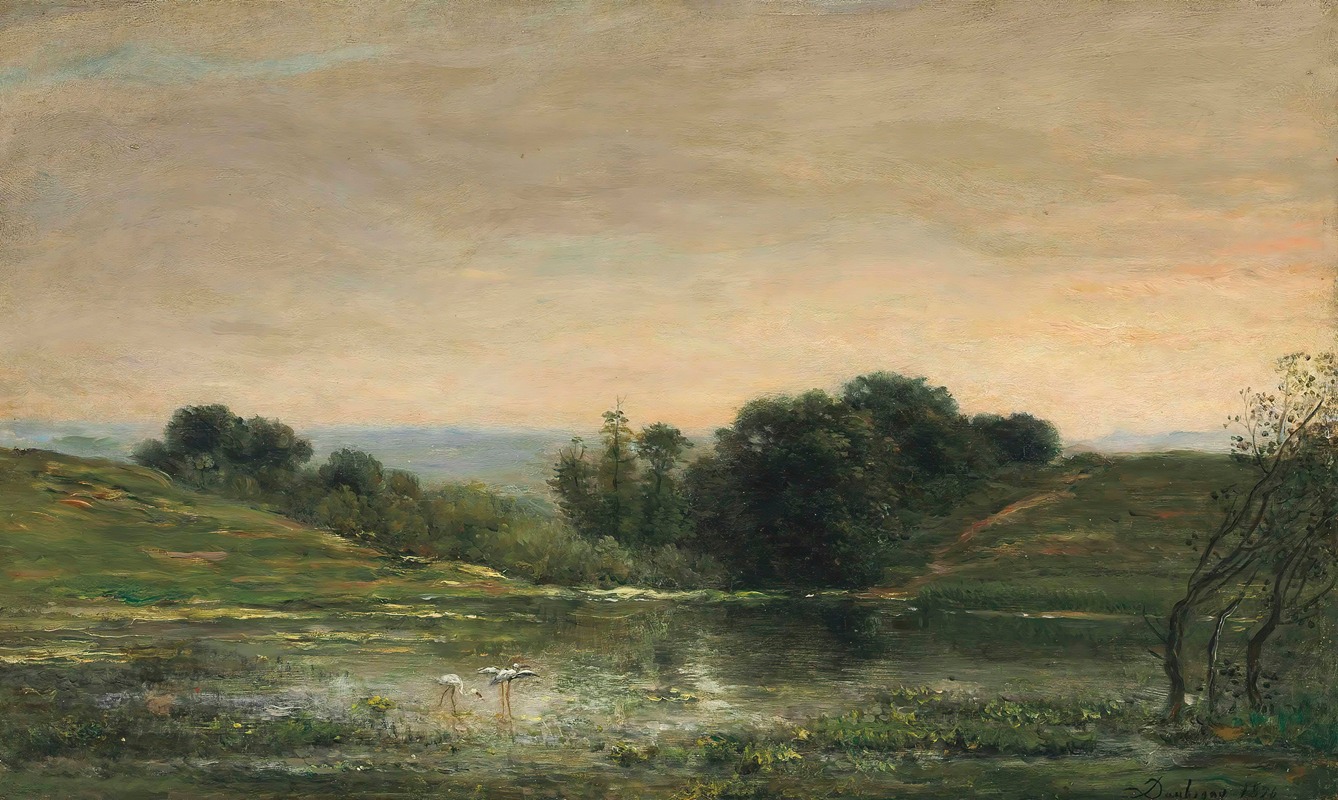
Étang De Gillieu, Dauphiné; Solitude
A hand-painted replica of Charles François Daubigny’s masterpiece Étang De Gillieu, Dauphiné; Solitude, meticulously crafted by professional artists to capture the true essence of the original. Each piece is created with museum-quality canvas and rare mineral pigments, carefully painted by experienced artists with delicate brushstrokes and rich, layered colors to perfectly recreate the texture of the original artwork. Unlike machine-printed reproductions, this hand-painted version brings the painting to life, infused with the artist’s emotions and skill in every stroke. Whether for personal collection or home decoration, it instantly elevates the artistic atmosphere of any space.
Étang De Gillieu, Dauphiné; Solitude is a painting by the renowned French artist Charles François Daubigny. Daubigny, born in Paris on February 15, 1817, was a prominent landscape painter associated with the Barbizon School, a movement that emphasized naturalistic representation and often painted en plein air (outdoors). His works are known for their serene and atmospheric qualities, capturing the essence of the French countryside.
The painting "Étang De Gillieu, Dauphiné; Solitude" depicts a tranquil scene of a pond in the Dauphiné region of southeastern France. The title translates to "Pond of Gillieu, Dauphiné; Solitude," suggesting a focus on the peaceful and solitary nature of the landscape. Daubigny's choice of subject reflects his deep appreciation for the natural world and his ability to convey its quiet beauty through his art.
Daubigny was influenced by the naturalistic approach of the Barbizon School, which included artists like Théodore Rousseau and Jean-François Millet. This movement was a reaction against the formalism and artificiality of academic art, promoting instead a direct engagement with nature. Daubigny's work often features soft, diffused light and a harmonious color palette, creating a sense of calm and introspection.
In "Étang De Gillieu, Dauphiné; Solitude," Daubigny employs his characteristic technique of using broad, loose brushstrokes to capture the reflections on the water and the textures of the surrounding foliage. The composition is balanced, with the pond occupying the foreground and middle ground, while trees and vegetation frame the scene. The sky, often a significant element in Daubigny's landscapes, is rendered with subtle gradations of color, enhancing the overall mood of tranquility.
Daubigny's influence extended beyond the Barbizon School, as he was also a precursor to the Impressionist movement. His innovative use of light and color, as well as his practice of painting outdoors, were important contributions to the development of modern landscape painting. Artists such as Claude Monet and Camille Pissarro admired Daubigny's work and were inspired by his techniques and approach to capturing nature.
Throughout his career, Daubigny received numerous accolades and exhibited widely. His works were well-received by both critics and the public, and he was awarded the Legion of Honor in 1859. Today, Daubigny's paintings are held in major museums and collections around the world, including the Louvre in Paris, the National Gallery in London, and the Metropolitan Museum of Art in New York.
"Étang De Gillieu, Dauphiné; Solitude" exemplifies Daubigny's mastery of landscape painting and his ability to evoke a sense of peace and solitude through his art. It remains a testament to his skill and his enduring legacy as one of the leading landscape painters of the 19th century.





